Your very first article about Cardano
If you have never heard about Cardano then this article is for you.
In this article, we would like to bring together all the interesting information about the Cardano project. It is not a complete fundamental analysis and you will not find technical details. The article is intended as a basic overview of the project for those who have not read anything about it and would like to learn more. We will simply try to explain what a distributed network, blockchain, and decentralization are and why we should try to create and use them. We will discuss who is behind the project and what its vision is.
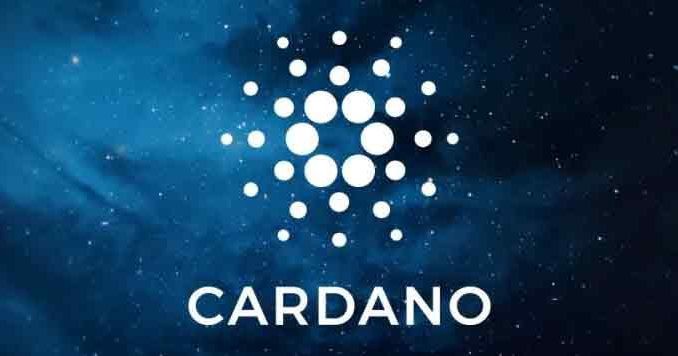
Decentralization and blockchain
Today’s organization of the world is based on centralized management and centers of power. You can imagine the banks, governments, business management, or services you use on the Internet. In these centers, critical decisions are made and they can be to the detriment of users. At the same time, they are critical points of failure in the sense that they can be easily attacked. For example, Facebook is abusing your data, the government does what it wants with taxes, and so on. If we focus more on banks, the bank decides whether you can open an account with it and dictates requirements, including a claim to your identity. For example, a bank has the right to prevent a transaction from being sent or to refuse to open an account. Billions of people in the world today have no bank account. Surprisingly, this also affects a large percentage of people living in the US.
Basically, we also have these centers on a network level where clients connect to one server (Facebook, Internet banking, etc.). It is a typical client-server architecture. The main problem here is that one point is a weak point of the network and can be attacked successfully if attackers break the server’s protection. User’s data might be changed just by attacking one place. What is even worse, the data can be changed by an inside administrator with access to the database.
Distributed networks solve both the centralization of power (decision making) and the client-server network architecture. Distributed networks are composed of many nodes around the world, and there must be consensus on each change. Thus the decision is not made in one place by the individual but is made by collective effort. It is important that the nodes are owned by different independent owners. This also makes the network decentralized. There is no point in having a distributed network if all nodes are owned by one owner. That node owner could autonomously decide to change the rules. We must also strive for decentralized governance of the distributed network projects to ensure that the code (the protocol rules) are maintained and improved honestly and as expected by users.
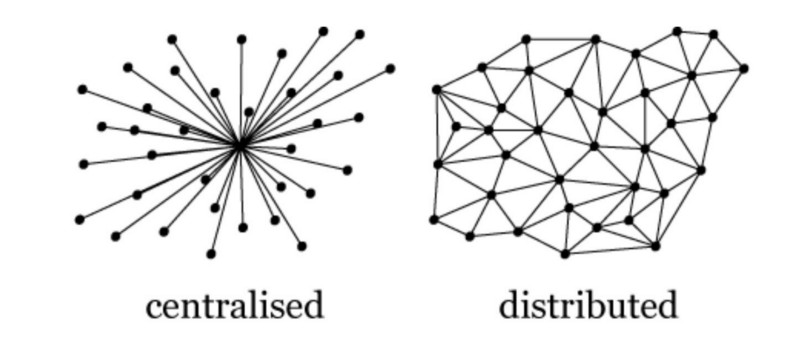
The nodes must generally agree to make a data change and then change the data on all nodes simultaneously. For regular databases, the change is committed on one server, and then the data is copied elsewhere (replication). It is not a consensus. Consensus elegantly solves the problem of data protection. By attacking one node, the attacker does not gain anything because the rest of the nodes still have valid data. The more these nodes, the better.
From the decision-making point of view, the network protocol and built-in consensus take responsibility for data changing. A person or a group of people are not able to decide about data change or somehow force it. All data changes can be initiated and approved by the rules of the protocol. The protocol itself is only a set of rules, which is implemented by programmers who created the software (client). Clients are installed by node operators to their nodes. All nodes then use the same software (same set of rules) and collectively make decisions about data changes — changes in the blockchain. The majority of nodes have to come to the consensus. It is ideal to have multiple versions of the client or more implementations of the same protocol. This increases security in case that one implementation fails due to a bug.
The advantage of a distributed network is that rules cannot be easily bent or modified by individuals. The protocol behaves exactly as it is designed. If there is a rule that every correctly signed transaction is processed, the protocol will do so no matter who sends the transaction and how much the sent amount is. In addition to validation of transaction correctness, the protocol checks everything that it is supposed to check without exceptions. For example, the protocol is able to prevent the famous double-spending attack or ensure that the supply of coins does not increase unexpectedly.
Asymmetric cryptography makes it possible to keep the cryptographic secrets private meaning that only you know the secret that gives you some abilities and rights. In practice, it is a private key that allows you to use an address and sign transactions. This allows you to keep coins and tokens in your wallet, and if you protect your private keys well, nobody can take anything away from you. The distributed network protocol works with these addresses and processes user transactions. In a given protocol step the randomly selected node creates a new block with transactions (step is an attempt to add a new block). The nodes alternate in block production randomly what ensures decentralization and transaction censorship.
Each individual node in the network decides which block it accepts and puts in its own blockchain. The current state of the blockchain is the one most nodes agree on.
Blockchain is basically a series of blocks that are connected to each other. It can be imagined as stringing beads on the string, where the first (Genesis) block is at the beginning and new beads are continuously added. In order to add a new bead, there must be a majority consensus, that is, agreement of the majority of nodes that the bead is correct and can be added. Blockchain has strong protection against history overwriting. The blocks are linked to each other in a way that it is not easy to break any link. If an attacker attempts to change past blocks, he must find a way how to do this on most nodes simultaneously.
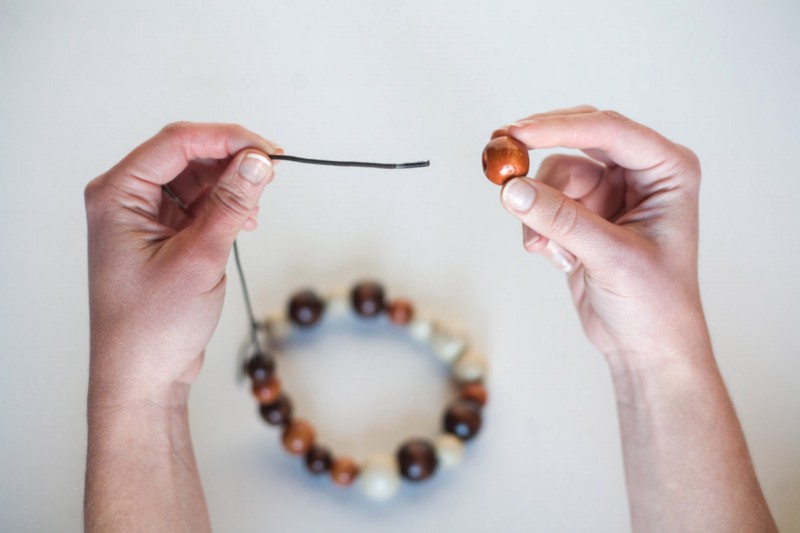
The block is only a collection of transactions that will be validated and potentially added to the blockchain if other parameters are correct (for example a link to the last block). One node always suggests a block and distribute it. The other nodes validate that block and decide about inserting it into its own blockchain. If there is a fraudulent node and puts an invalid transaction in the block, the other nodes will easily detect it, since their client version is most probably different from the one modified by the attacker. If the proposed block is valid, the block is accepted by the majority of honest nodes. Thus, blockchain will be longer by one new block.
As you can see, the distributed network and blockchain is quite different from traditional centralized databases. However, it has its drawbacks. Distributed consensus networks are usually slow and poorly scalable. The big challenge for Cardano is to change this and allow the use of blockchain to the masses.
Why Cardano
Cardano project is a fully open-source project that was founded in 2015 by Charles Hoskinson and Jeremy Wood. The team’s goal was to change the way cryptocurrencies are designed and developed. The team began by researching all aspects of cryptocurrencies and making a review of all existing projects. The team started writing Cardano from scratch and never hesitates to rewrite some source code again from the beginning if it seems that it could be done better. The project does not aim to deliver the network quickly but to deliver it in production quality and ready for real use and adoption. And it takes time.
Cardano did not begin with a comprehensive roadmap or white paper as many other projects. Rather it embraced a collection of design principles, engineering best practices, and avenues for exploration.
The Roadmap consists of 5 development phases named after famous personalities and each phase addresses one important topic: Byron (foundation), Shelley (decentralization), Goguen (smart contracts), Basho (scalability), and Voltaire (project governance). At the beginning of 2020, the project is in front of the Shelley phase in which the main-net will be launched.
Cardano roadmap: https://roadmap.cardano.org/en/
Cardano is trying to create a financial and social operating system for the world. The team strives to overcome the technological challenges faced by current consensus distributed networks. It is a big challenge so scientists and great IT specialists work together. The team decided to use a specific development method similar to that used to build software for aircraft or nuclear power plants. Cardano is developing as a mission-critical system.
The financial operating system is not only about transactions between Alice and Bob, but also about the possibility of creating a financial contract, utilizing transaction context, using real identity, etc. Adoption is not only about overcoming technical challenges, but also social, political, and of course, mainly financial. Cardano, therefore, wants to be a technology platform accessible to all people in the world. Basically for free. It’s not a protest project as the first generation of cryptocurrencies. That is why Cardano Foundation will work on global marketing and will build the brand through a partnership with McCann, a company that takes care of companies such as Microsoft. People must know that using Cardano does not stand against traditional values and that the project is backed by a strong and capable team that takes care of the network’s technological problems. Cardano is a project that complies with regulations, but not at the cost of losing user privacy or transaction censorship.
The first generation of blockchain is trying to replace banks, but in fact, it can’t. It is not possible without smart contracts. Moreover, the problem of replacing middlemen can be more generalized, and not just banks, but the whole legal systems, company management, and other things. Cardano will be able to combine supply with a demand under better conditions than expensive and unreliable middlemen from the traditional world would do.
A smart contract is a computer code that has to be written by a special smart contract programming language. In other words, a smart contract is an automatically executable set of rules that were provided via a computer program. Smart contracts can replace traditional paper contracts with the surrounding legal systems included.
At the beginning of the project, three main pillars were defined: long-term sustainability, scalability, and interoperability. Long-term sustainability is about the project’s ability to exist for decades. This includes decentralized project management and the establishment of a project treasury. Furthermore, the ability to remain safe in the long term and to scale with adoption as the importance of the network will increase. Scalability is one of the biggest technical challenges since it is difficult to combine this feature with a high degree of decentralization. However, it is a necessary feature for mass adoption and usability. Interoperability is important for interconnection with other projects and also with traditional financial systems. Cardano does not want to replace traditional financial systems in the first phase, but to connect with them. It can replace them later. In the future, there will be only one decentralized network, which will consist of many blockchain projects.
Every project needs money for its development. Cardano did not run a typical ICO with an ERC20 token. The sale of ADA coins took place via vouchers, especially in Asia. Read more details: https://www.cardano.org/en/genesis-block-distribution/
Who builds Cardano
Cardano builds three independent entities: Input Output Hong Kong (IOHK), Cardano Foundation (CF), and Emurgo.
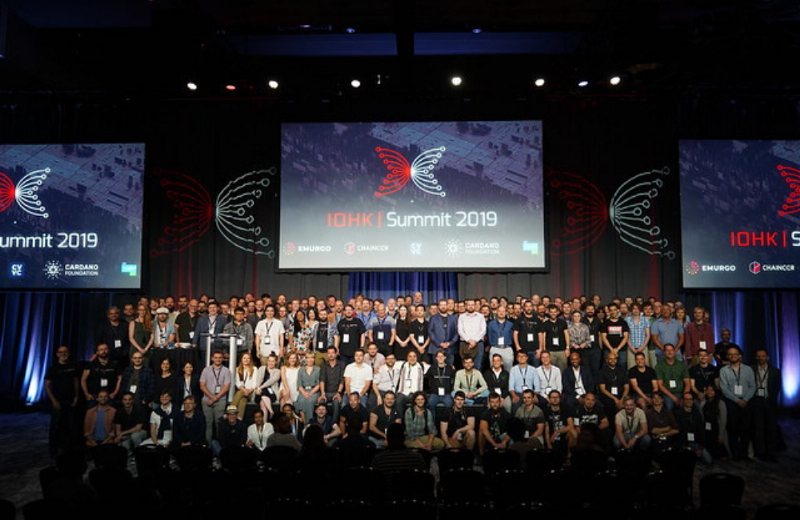
IOHK is an engineering company building a Cardano blockchain for academic institutions, government entities, and corporations. IOHK is basically R&D and is involved in research and writing software. Charles Hoskinson is CEO of IOHK. He managed to reach out to many experts in areas important for building a decentralized network. You will find many university professors on the team. The team also has a large number of capable programmers, and the project is regularly at the forefront of GitHub activity.
Visit IOHK: https://iohk.io/en/
GitHub is a place for open-source projects where you can find source code, see how active a team is and how quickly it builds a project. In the Cardano case, you will find many repositories, and each includes a pile of well-done work. If you try to count how many developers are actively working on a project, you count a few dozen. There are not many projects that can compete with this activity and code quality. The source code will be audited by a third party to give the team absolute assurance that everything will work as the team intends and that there are no hidden bugs.
Check the GitHub: https://github.com/input-output-hk
The pride of IOHK is its library, where you can now find over 50 studies related to the world of cryptocurrencies. These works are the basis for the protocol being built. Some studies have been presented in renowned conferences and review has been done by other experts in the fields. The protocol is based on research and scientific basis and has the potential to be the best we can now build under the given network conditions.
Have a look at the library: https://iohk.io/en/research/library/
The Cardano Foundation is based in Switzerland and aims to promote the Cardano ecosystem. Nathan Kaiser is Chairman of the Cardano Foundation. The CF mission is to driving adoption, to take care of the necessary legislation related to the commercialization of the project, to take care of the community and partnerships, etc. Many ambassadors help in this effort: https://cardanofoundation.org/en/
Emurgo drives the Cardano adoption and supports the growth of the ecosystem by building, investing in, and advising projects or organizations that adopt Cardano’s decentralized blockchain ecosystem. Emurgo is registered in Tokyo, Japan since June 2017 and in Singapore since May 2018: https://emurgo.io/en
The most visible personality of the project is Charles Hoskinson, CEO of IOHK. Charles is a visionary and is able to clearly communicate the mission and vision of the project in his AMA. This makes Cardano one of the most transparent projects and gives you a chance to hear from the CEO what is currently happening, what is being done, and what obstacles the project is currently facing.
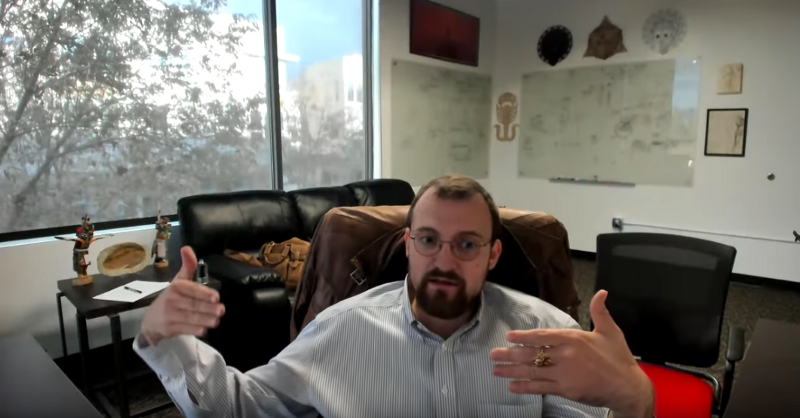
Charles travels the world a lot and talks to people, politicians, regulators, project leaders, businessmen, and many other people about where and how a decentralized network can help. Cardano is working with the governments of Ethiopia, South Korea, Georgia, and more. They try to solve a specific problem in each country.
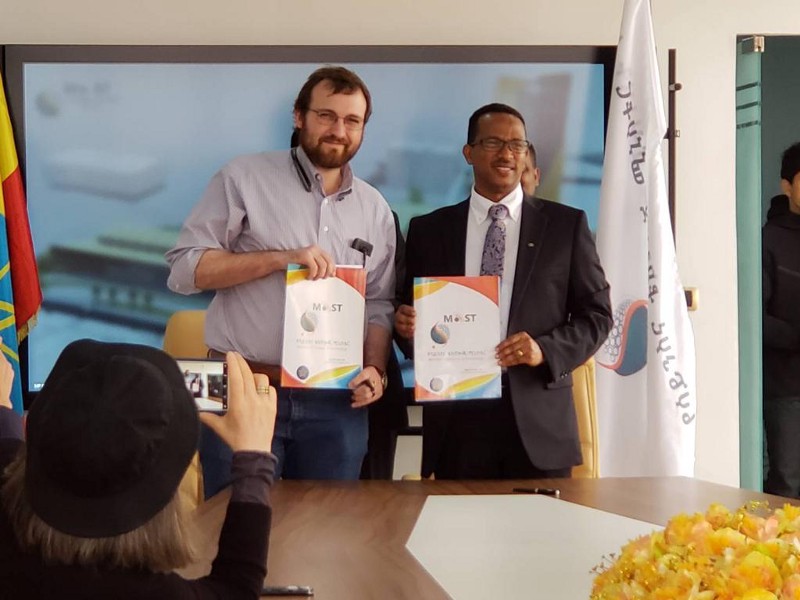
On Youtube, you can find interviews with other people from the team.
Cardano adoption
The Cardano project plans to raise its brand awareness and commercialize its public network. In the context of cryptocurrencies, this may at first glance seem like a somewhat strange plan. But the opposite may be true. If a project is to succeed in mass-adoption, it is necessary to state exactly what the brand brings and who is behind it. People routinely use Microsoft, Amazon, Google, Facebook products, even if they know that some of them are misusing personal data. People trust these brands because the products usually work satisfactorily and are used by the majority of people. If a similar brand is to emerge from a decentralized world and stand next to renowned companies, they need to get people’s awareness, communicate what it brings, and build a strong market position. And it is not possible without promotion. Cardano must be a brand for a reliable product and a renowned partner. That’s why it makes sense to build your brand globally. One successful partnership can give rise to ten more.
Charles Hoskinson and Nathan Kaiser visited the World Economic Forum in Davos in 2020 and presented the vision of the project. Several new partnerships were achieved.
The Cardano Foundation has appointed McCann Dublin as the brand strategy and design agency for both Cardano and the Foundation.
The consensus is the heart of decentralized networks
Of course, the technological advancement of the project and the scalability are important for mass adoption. The team is working on a unique PoS consensus algorithm named Ouroboros. The team has found a way to make a PoS consensus that is as secure as a PoW and requires 51% domination to attack.
The consensus will evolve over time and will be updated several times. The goal is for the protocol to be able to process a huge amount of transactions for all who use the protocol and the charges can remain low. The speed of transactions is important so that users can quickly pay for goods as quickly as normal credit cards are able to. Scalability must go hand in hand with a high degree of decentralization. This is a big technological challenge the team wants to solve.
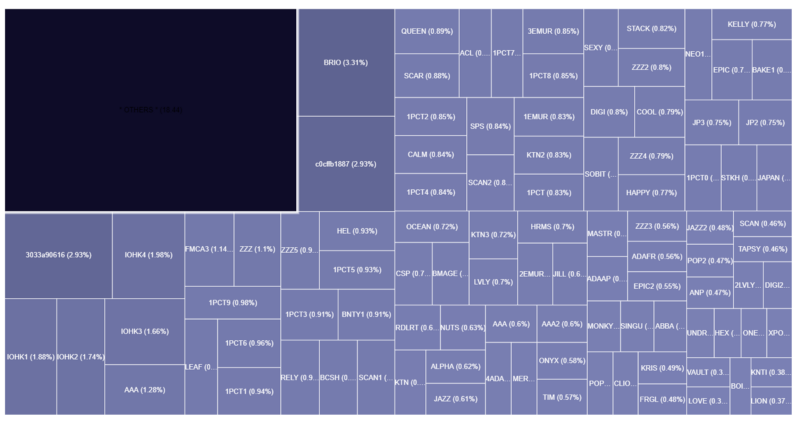
The aim of the project is to have 1000 independent and similar sized pools. Economic incentives will be set accordingly. An important feature of the protocol is that all ADA coin holders can be involved in the decentralization of the project. They will be rewarded for this in the same way as pool operators. Thus, the network is owned by all users (stakeholders), not just those directly involved in block production. By delegating coins, users will decide on which pool will get more rights and power to produce blocks.
If you want to use the network, you must pay a fee through the ADA coin. You can delegate coins to the pool to ensure passive income for an active interest in decentralizing the protocol. Part of the transaction fees will go to the project treasury. Decentralization is not only about network consensus and does not end with transactions. Decentralization is also about project management and transparent work on protocol maintenance and development. This requires money. ADA coin owners will decide what direction the protocol will take and what will be improved. Developers and other team members will be paid from the project treasury.
Wallets
There are two official Cardano wallets you can use. Full node wallet Daedalus developed by IOHK and lightweight wallet Yoroi from Emurgo. If you decide to use software wallets then download them only from the official websites that you can find above.
You can store ADA coins in hardware wallets Ledger and Trezor and it is the recommended option.
Summary
We could talk about Cardano for a long time and in more detail. However, we do not want to exhaust our readers and believe that there will be no problem finding additional resources. You can check out our articles: https://medium.com/@Cardanians_io